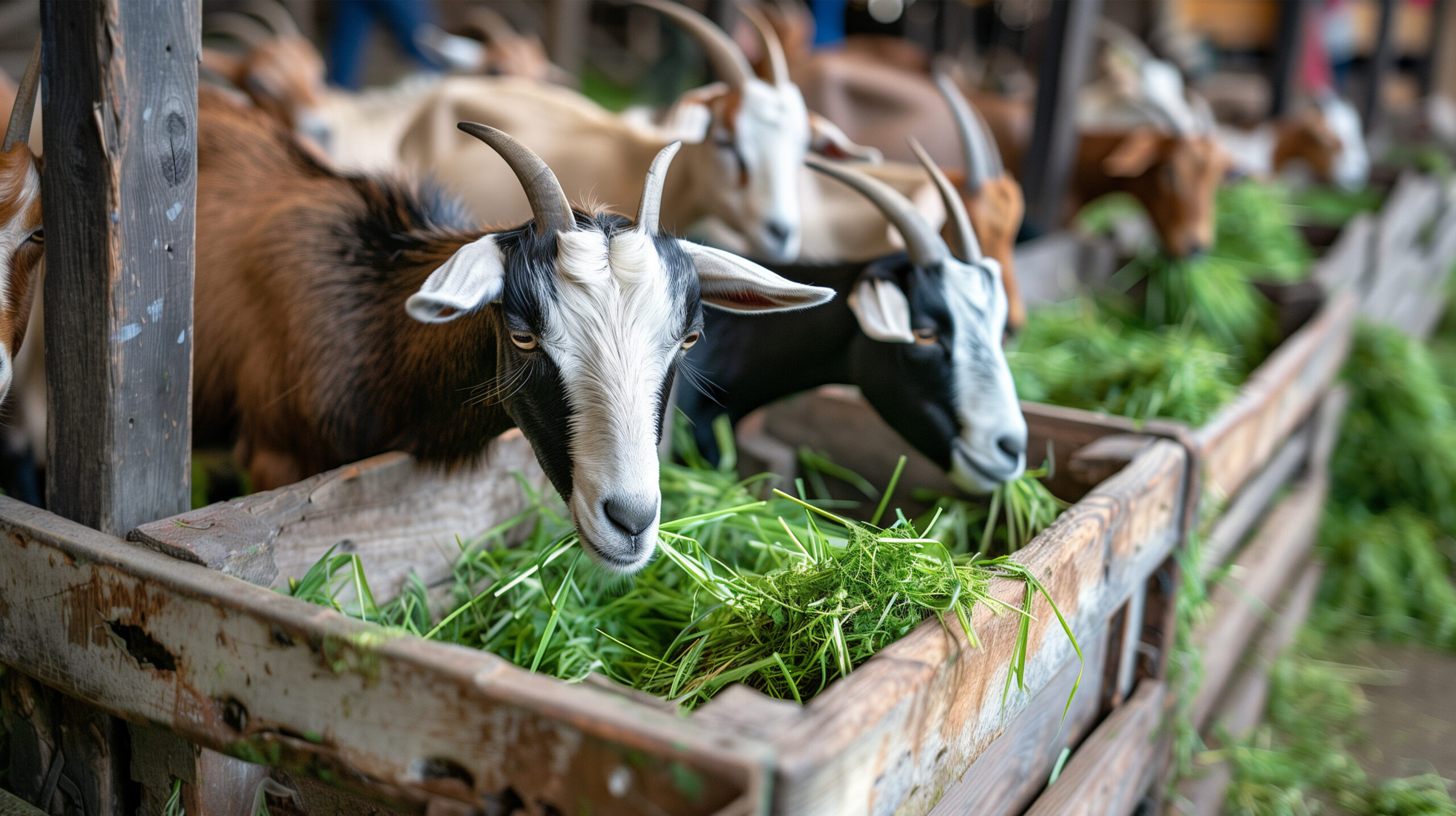Parasite management is one of the most important aspects of raising healthy goats. Internal parasites, especially gastrointestinal worms, can lead to weight loss, poor milk production, anemia, and even death if left untreated. That’s why knowing when and how to deworm goats is crucial, and Safeguard Goat Dewormer is a trusted product that helps farmers and homesteaders protect their herd effectively.
Why Deworming Matters
Goats are especially vulnerable to internal parasites like barber pole worms (Haemonchus contortus), which feed on blood and can quickly weaken an otherwise healthy animal. Unlike some livestock, goats do not develop strong natural immunity to parasites, making proactive deworming and monitoring a vital part of their care.
When to Deworm Goats
The timing of deworming depends on several factors: the season, your region’s climate, and the overall health of your herd. A good rule of thumb is to deworm:
- In early spring, before parasites become active in warm, moist conditions.
- After heavy rainfall, especially in warm months, when parasite loads increase in pastures.
- Before breeding and kidding, to reduce the risk of transmission to offspring.
- When symptoms arise, such as diarrhea, weight loss, rough coats, and pale eyelids (a sign of anemia).
Routine fecal tests can help you determine parasite loads and avoid unnecessary treatments, which can lead to resistance.
How to Use Safeguard Goat Dewormer
Safeguard Goat Dewormer contains fenbendazole, a broad-spectrum anthelmintic that is effective against most major gastrointestinal parasites in goats. It’s easy to administer and widely regarded for its safety and effectiveness when used as directed.
Step-by-Step Guide:
- Weigh Your Goat
Accurate dosing is essential. Always weigh your goat (or estimate using a weight tape) to determine the proper dosage. - Shake the Bottle Well
Before administering, shake the product thoroughly to ensure even distribution of the active ingredient. - Use an Oral Drench
Safeguard comes as an oral suspension. Use a drenching syringe to deliver the dewormer directly into the goat’s mouth, aiming for the back of the tongue for best absorption. - Repeat as Needed
In high-risk environments or during heavy parasite seasons, a follow-up dose may be recommended after 10 days. Consult a vet or livestock specialist for guidance. - Monitor Fecal Loads
Use fecal testing to track effectiveness and avoid overusing dewormers, which can contribute to resistance.
Where to Buy Safeguard Goat Dewormer
At Huber’s Animal Health, we offer Safeguard Goat Dewormer and other trusted livestock care products to support your farm’s health and productivity. Our team is here to help you find the right tools and treatments for your herd, whether you’re managing a few backyard goats or a commercial operation.
Final Thought
Keeping your goats healthy starts with knowing when and how to deworm. With Safeguard Goat Dewormer, you can tackle parasites confidently and safely. For expert advice and quality products, visit Huber’s Animal Health, your partner in livestock wellness.
